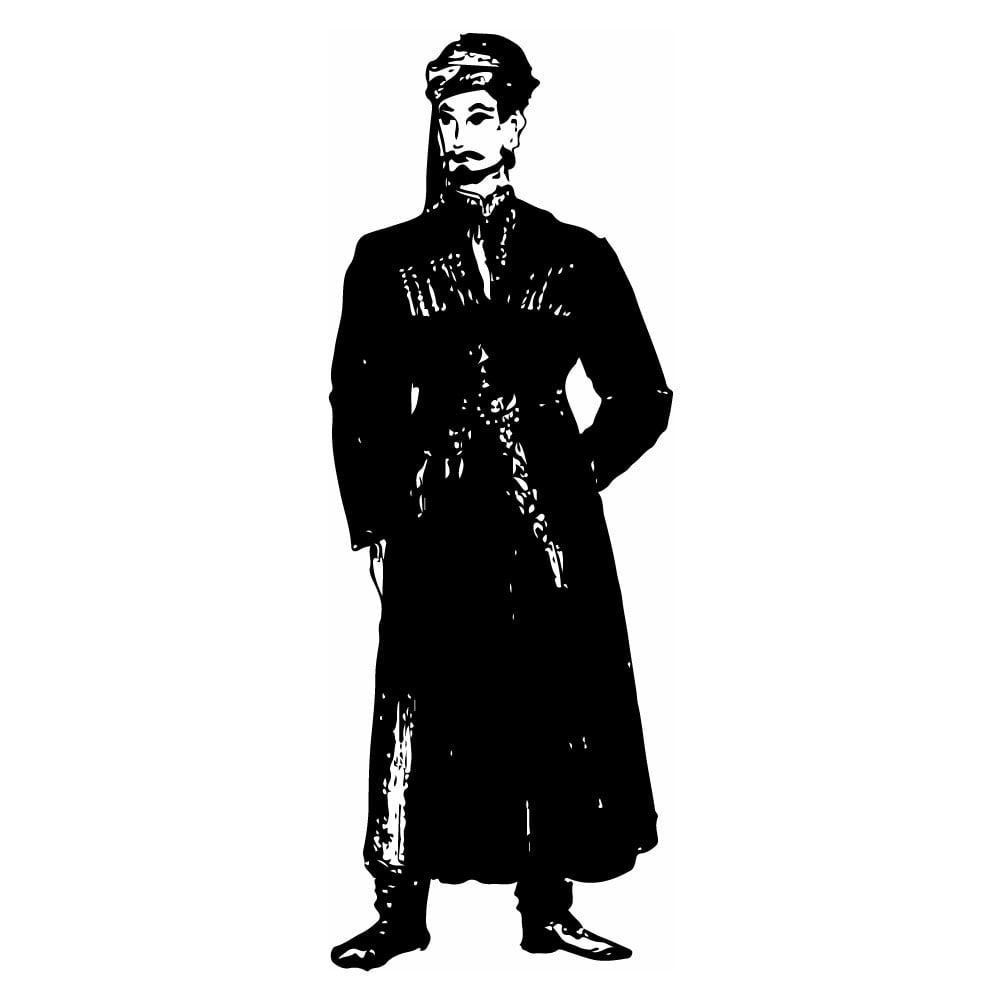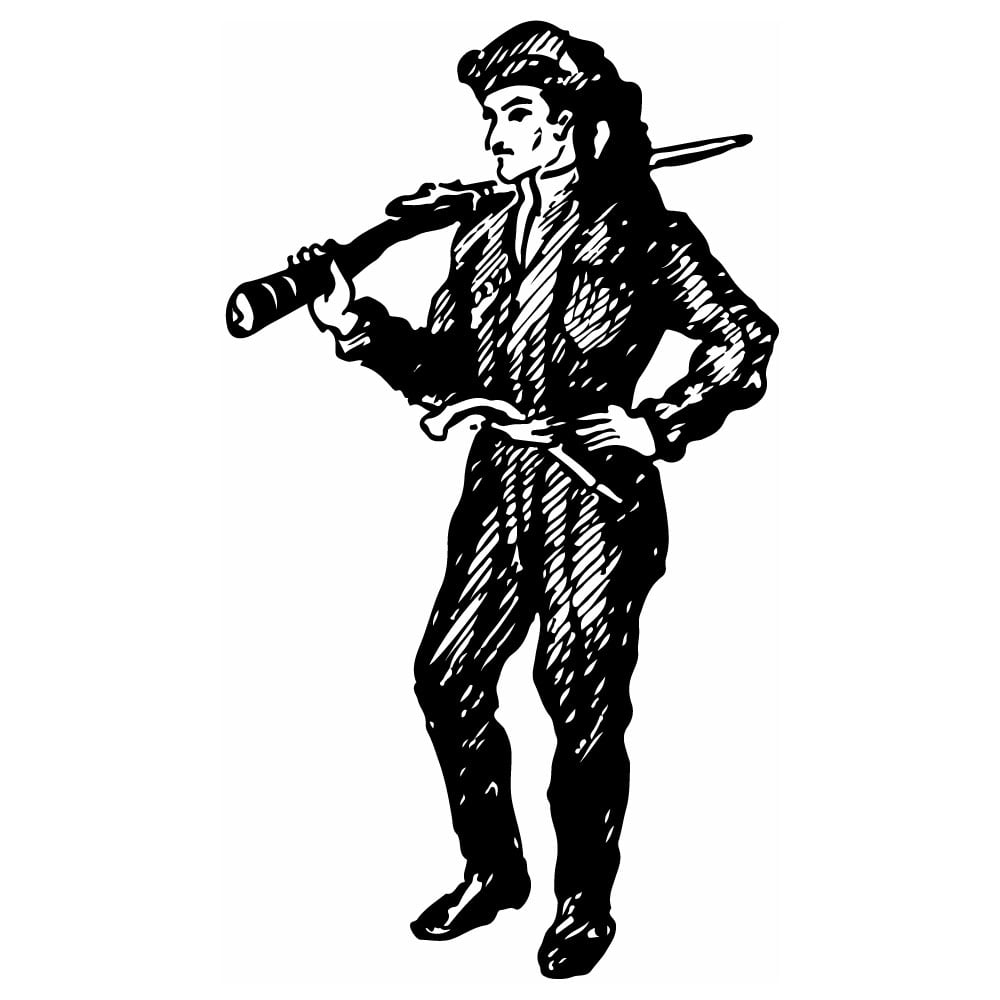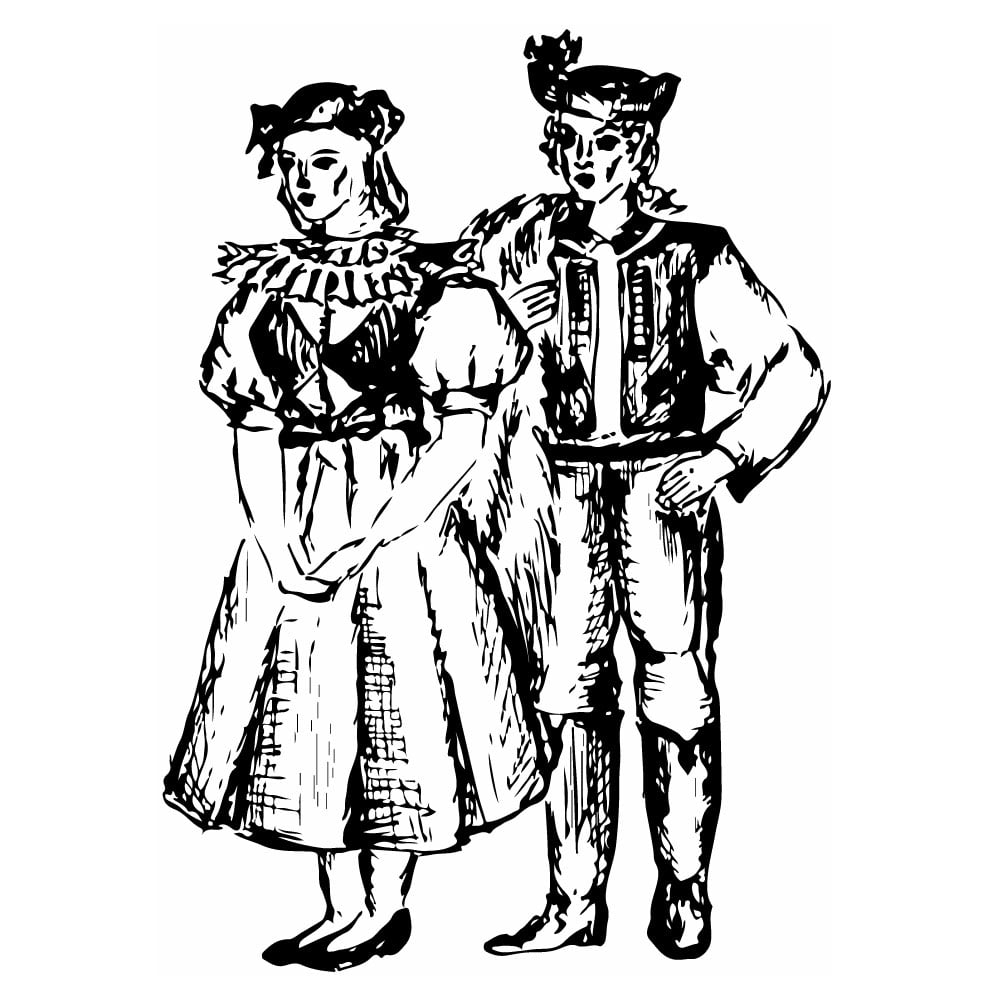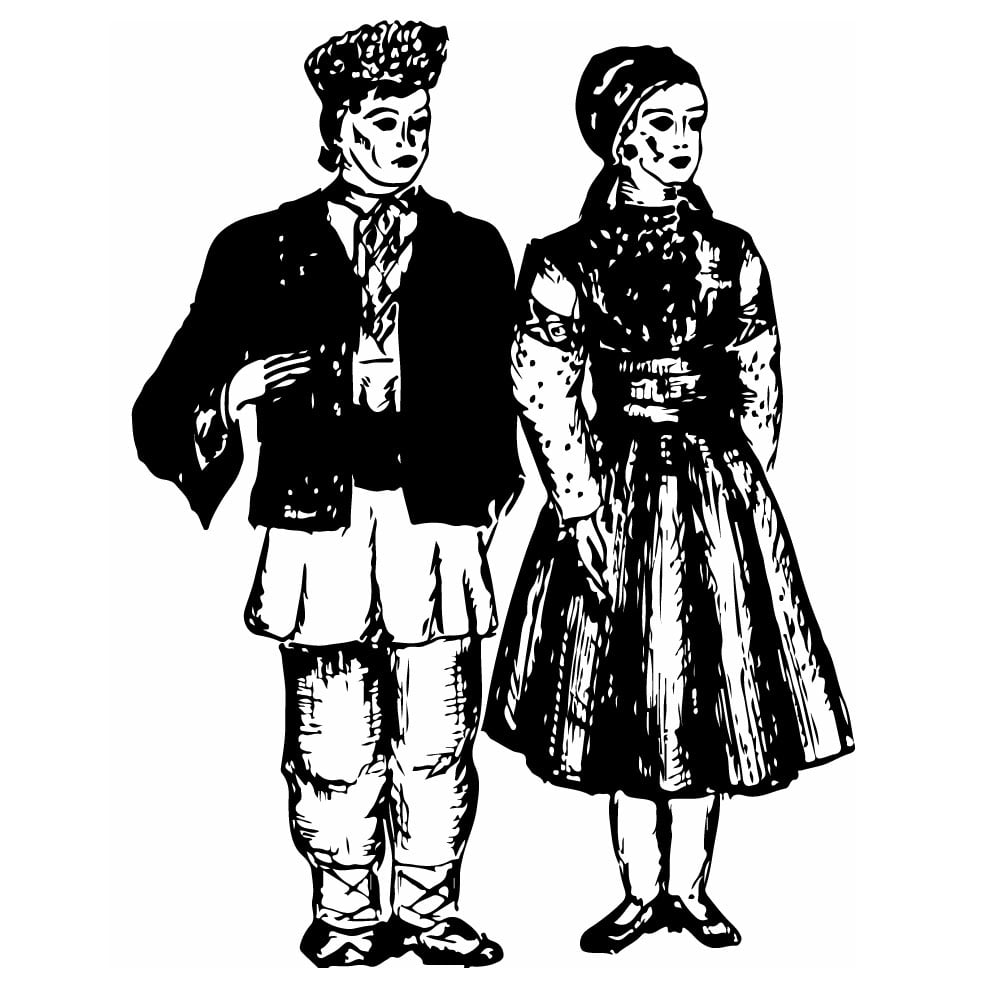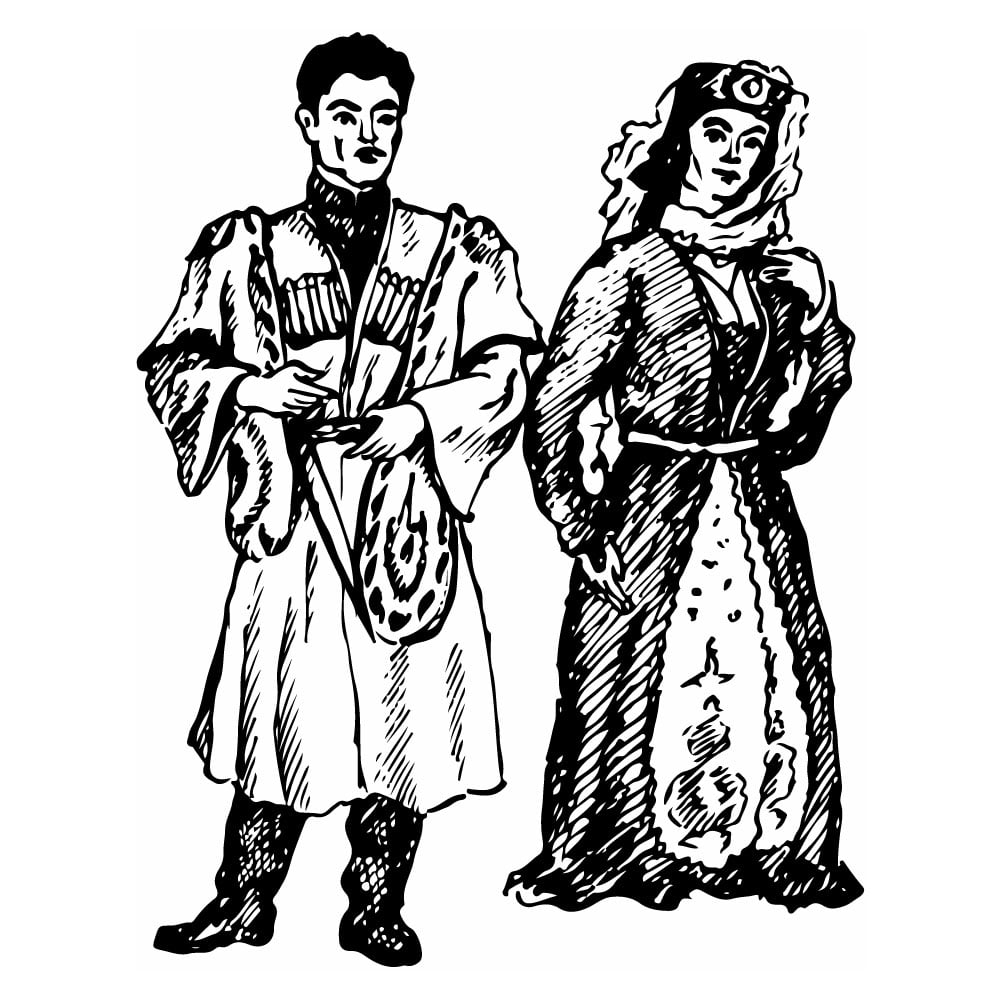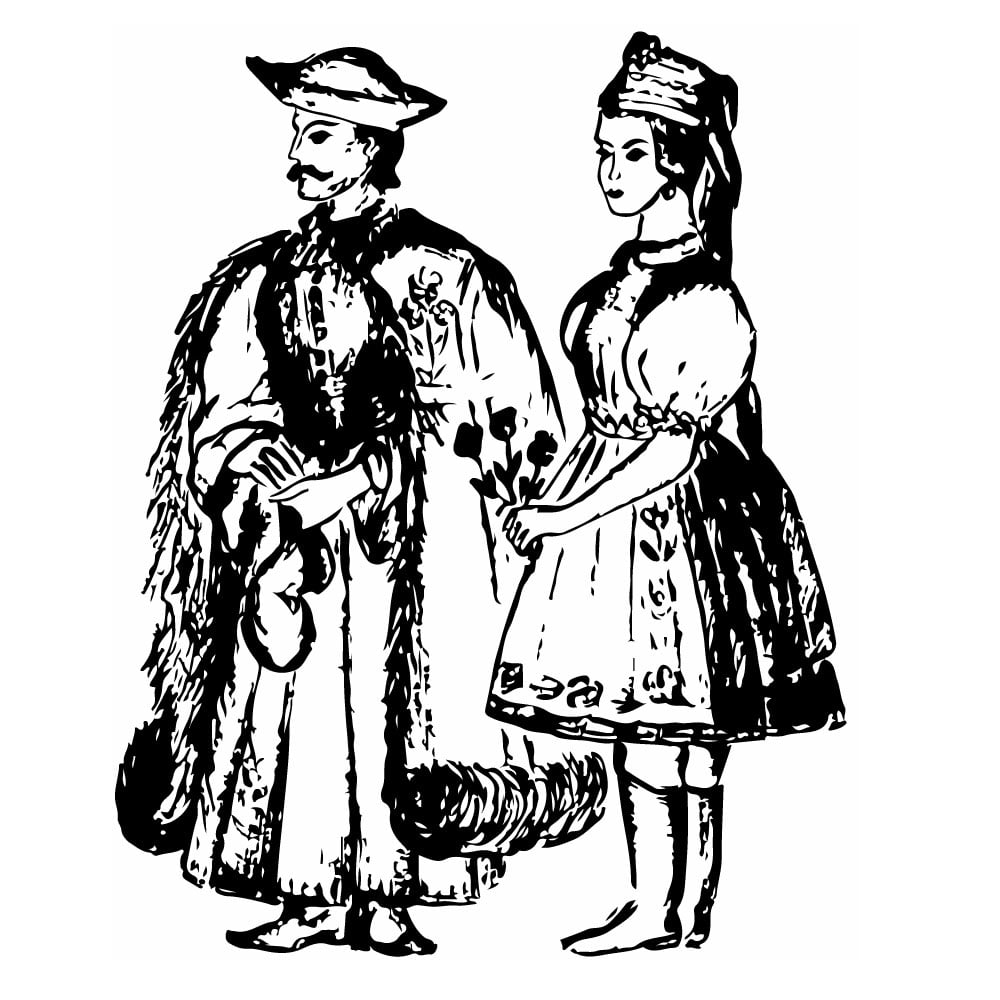Estonians
| Population | 1,565,000 |
| Language group | Finno-Ugrian |
| Language | Estonian |
| Religion | Christianity |
*Population estimates for 1994
Estonia is the northernmost Baltic state. Its lands stretch from the Gulf of Finland to the Gulf of Riga. The earliest traces of the ancient inhabitants on Estonian territory refer to 8-4 millennia BC. The ethnic origin of these earliest inhabitants has not been established. The Finnish speaking tribes, who were the Estonian ancestors, probably came to the Estonian territories in the third millennium BC. During the following millennia, they were joined by certain Baltic and partially North Germanic (Scandinavian) tribes. Since the end of the first millennium AD, they had been under the influence of East Slavic people. All this reflected on the language, anthropology and material culture of the Estonians. At the beginning of the second millennium AD, ancient tribal units turned into the territorial ones. Just at that time, the Estonian nationality began to form.
Then the Estonians started to use the self-called name “maarahvas” (“the people of our land”) while Russian chronicles called them, as well as other Baltic Finnish tribes, the Chud. West-European chronicles called them the Est. The word “estonians,” originated from “eestlased,” in the seventeenth century gradually supplanted the old name. The formation of the Estonian nation got new force during the years of struggle against German invaders. In the thirteenth century the Estonians were converted into Catholicism which was turned into Lutheranism during the Reformation of the sixteenth century. In 1710, during the Northern War, Estonia was annexed to Russia. In the middle of the nineteenth century about 10-12% of rural population was converted into the Orthodox belief.
Up to the twentieth century, the main occupation of the Estonians was agriculture, cattle-breeding, and coastal fishing.
At present time, the Estonians constitute the native population of Estonia. They also live in the Russian Federation, Latvia, Ukraine, and Abkhazia (the total population in the CIS is l,027,000). There are more than 100,000 Estonians in the USA, Sweden, and Canada. The native language is Estonian. National Estonian culture has always had its typical rural features. It has hardly changed over the centuries. The enslaved Estonian peasants have managed to withstand the oppression of foreign feudal aggressors, win the struggle against them, and preserve their native language, culture, and household style.
The traditional Estonian clothing was used up until the middle of the nineteenth century. Women’s dress consisted of a white canvas tunic-like shirt, skirt, and short fabric sweater or sleeveless jacket. The sign of a married woman was an apron and closed headdress. A feature of all Baltic clothes for women was the use of the so called over-the-shoulder blanket. Men’s dress consisted of a white shirt, short trousers (a little bit longer than knee-long), jacket, and a blouse. Both men and women used cloth caftan (kind of tunic) and fur coats in the winter. Girdles were mostly for character. Leather plaited shoes and sometimes boots (usually on holidays) were used for footwear. Among the traditional decorations, the most popular ones were the fibulas (collar fastenings) of men’s and women’s shirts. Besides these, women had cone-shaped silver buckles, small neck chains, and necklaces for decoration. To these, as well as to other decorations, they ascribed the function of protection.
Since the middle of the nineteenth century rural clothes had been under the influence of modern urban dress. At present times, only the people living on the island of Kikhnu still wear traditional striped skirts every day and all other items of national costume on holidays and wedding parties.
Tradition of people’s arts are popular in Estonia. The most popular women’s handicrafts are needle-knitting (especially gloves with national patterns) and weaving household utensils (carpets, strips, blankets, pillow cases, etc.). The Estonians have preserved their traditions and customs. The most attractive holidays are the reaping holiday and St. John’s holiday eve (June 24), when people make fires all over the country. People dance, play, and sing. Ringing laughter and songs are heard in the streets of towns and villages. One can also hear the sounds of ancient musical instruments. An instrument is the kannel that resembles the Russian psaltery.
This is Ad 1


